


Author: Dr. Garima Biswas
Yoga 0
Urinary incontinence affects millions globally. Weak urinary sphincter control causes accidental peeing. This sickness is more common in the elderly and women, especially those who have had children or gone through menopause.
The global urinary incontinence rate is 200 million, with women twice as probable as men. Although common, it is underreported due to embarrassment or lack of treatment options. Understanding urine incontinence symptoms and treatments improves quality of life.
Types of Urinary Incontinence
Incontinence might vary. The best urinary incontinence treatment depends on the kind.
1. Stress Incontinence:
Leakage during coughing, sneezing, or jogging. This usually results from urethral sphincter or pelvic floor paralysis.
2. Urge incontinence:
In urge incontinence, a sudden, severe urge to urinate causes involuntary leaking. Commonly associated with overactive bladder.
3. Overflow Incontinence:
Incomplete bladder emptying causes constant dribbling. Often causes nerve injury or blockages.
4. Functional Incontinence:
When arthritis or dementia prevents toilet access, functional incontinence occurs.
5. Mixed incontinence:
Mixed incontinence includes stress and urge incontinence
6. Transient incontinence:
UTI or medication leaks cause transient incontinence.
Causes of Urinary Incontinence
Know the causes of urine incontinence to prevent or treat it. Important factors:/
1. Lifestyle and Behavioral factors:
Too much coffee, alcohol, and smoking (which induces coughing) can decrease bladder control.
2. Physiological Changes:
Menopause, pregnancy, delivery, and age-related muscle weakening are key factors.
3. Medical Conditions:
Diabetics, prostate problems, and neurological diseases including Parkinson's and MS can induce incontinence.
4. Medications:
Diuretics, sedatives, and muscle relaxants impact bladder function.
5. Surgical Causes:
Prostate and hysterectomy disorders might impair bladder function.
Urinary Incontinence Symptoms and Diagnosis
I. Common UTI Symptoms:
1. Strong urine urgency.
2. Leaking during exercises.
3. Frequent urination at night.
4. Dribbles or inability to fully empty the bladder.
II. When to seek help:
See a doctor if urinary incontinence symptoms disrupt daily life, cause discomfort, or indicate an underlying condition.
III. Methods of diagnosis:
1. Medical History Review: Comprehensive medical history of symptoms, causes, and lifestyle.
2. Physical Examination: Checking functions of Pelvic nerve and muscular tone.
3 Tests:
i. Urinalysis identifies diseases and infections.
ii Keep checking the urinary patterns.
iii. Urodynamics evaluates bladder function.
iv. Ultrasounds and cystoscopies image the bladder.
Urinary Incontinence Treatment Options
Changes in lifestyle and advanced medical techniques can treat urinary incontinence:
1. Lifestyle and Behaviour Changes:
i. Urinary regimens aid control.
ii. Avoiding bladder-irritant coffee and alcohol.
iii. Reducing bladder pressure manages weight.
2. Pelvic floor exercises:
i. Kegels strengthen pelvic muscles to prevent leaking.
ii. Biofeedback enhances muscle coordination.
3. Medications:
i. Decrease bladder spasms with anticholinergics.
ii. Mirabegron relaxes the bladder muscle to increase capacity.
iii. Estrogen Creams: Menopausal women benefit from estrogen creams.
4. Medical Devices:
i. Use urethral implants to prevent leaks while exercising.
ii. Pessaries help prolapsed bladders.
5. Operations:
i. Sling Procedures support the urethra.
ii. Artificial Urinary Sphincter is for extreme cases.
iii. Prolapse surgery straightens the pelvis.
6. Physiotherapy:
i. Pelvic Physiotherapy is effective for pelvic muscle strengthening.
ii. Electrical Stimulation helps improve muscle control.
Prevention of Urinary Incontinence
Being proactive reduces urinary incontinence risk.
1. A Healthy Lifestyle:
i. Healthy weight.
ii. Skip alcohol and spicy foods that irritate the bladder.
2. Pelvic Floor Health:
i. Exercise Kegels regularly.
ii. Start going to postpartum recovery programs.
3. Proactive Health:
i. Treat bladder Dysfunction infections rapidly.
ii. At-risk patients should get regular check-ups.
Conclusion
Common urinary incontinence can impact daily life. Urine incontinence symptoms and treatment options can help patients recover control and improve their quality of life. Early medical treatment and bladder health awareness can solve this issue.
Frequently Asked Questions
Add comment
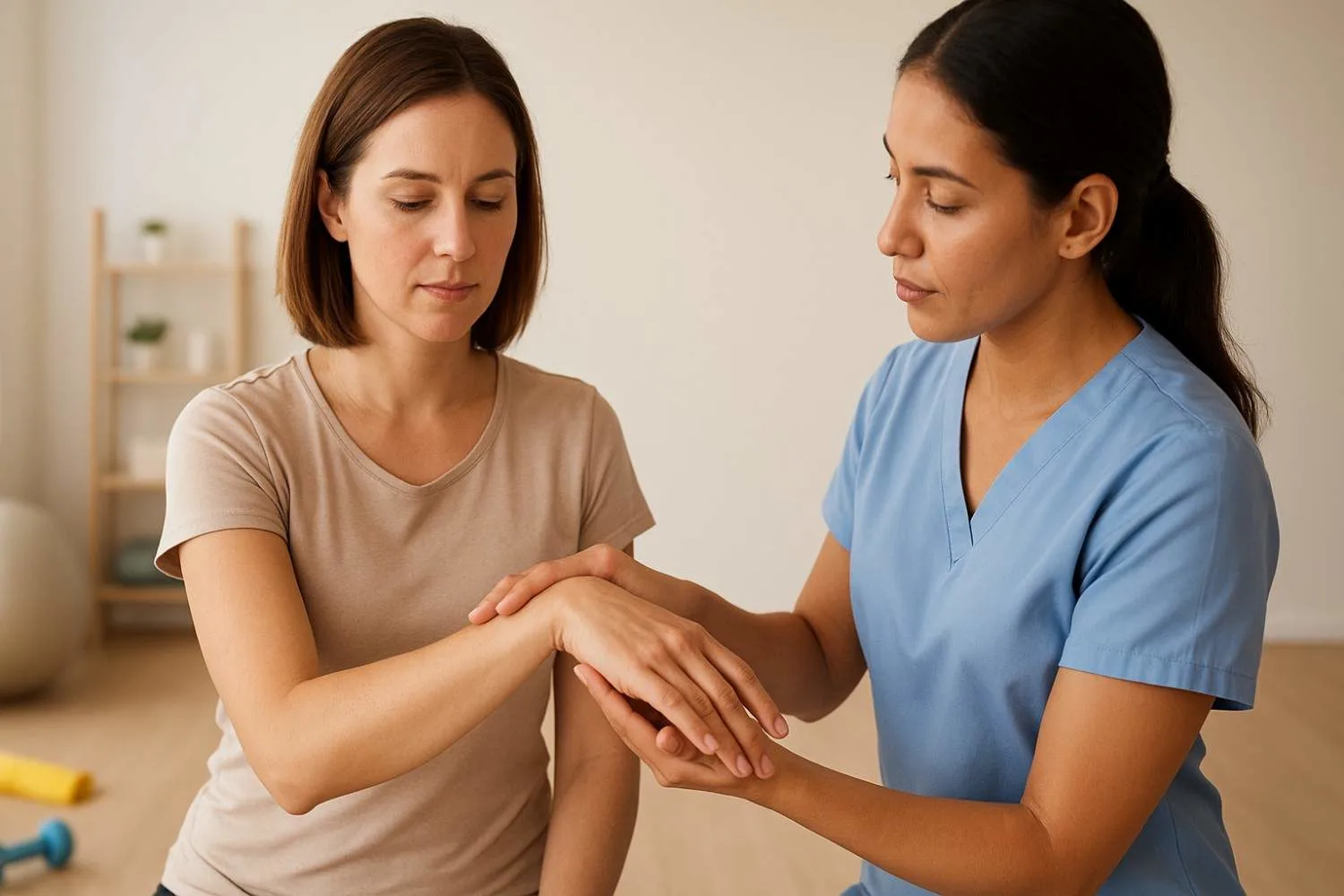


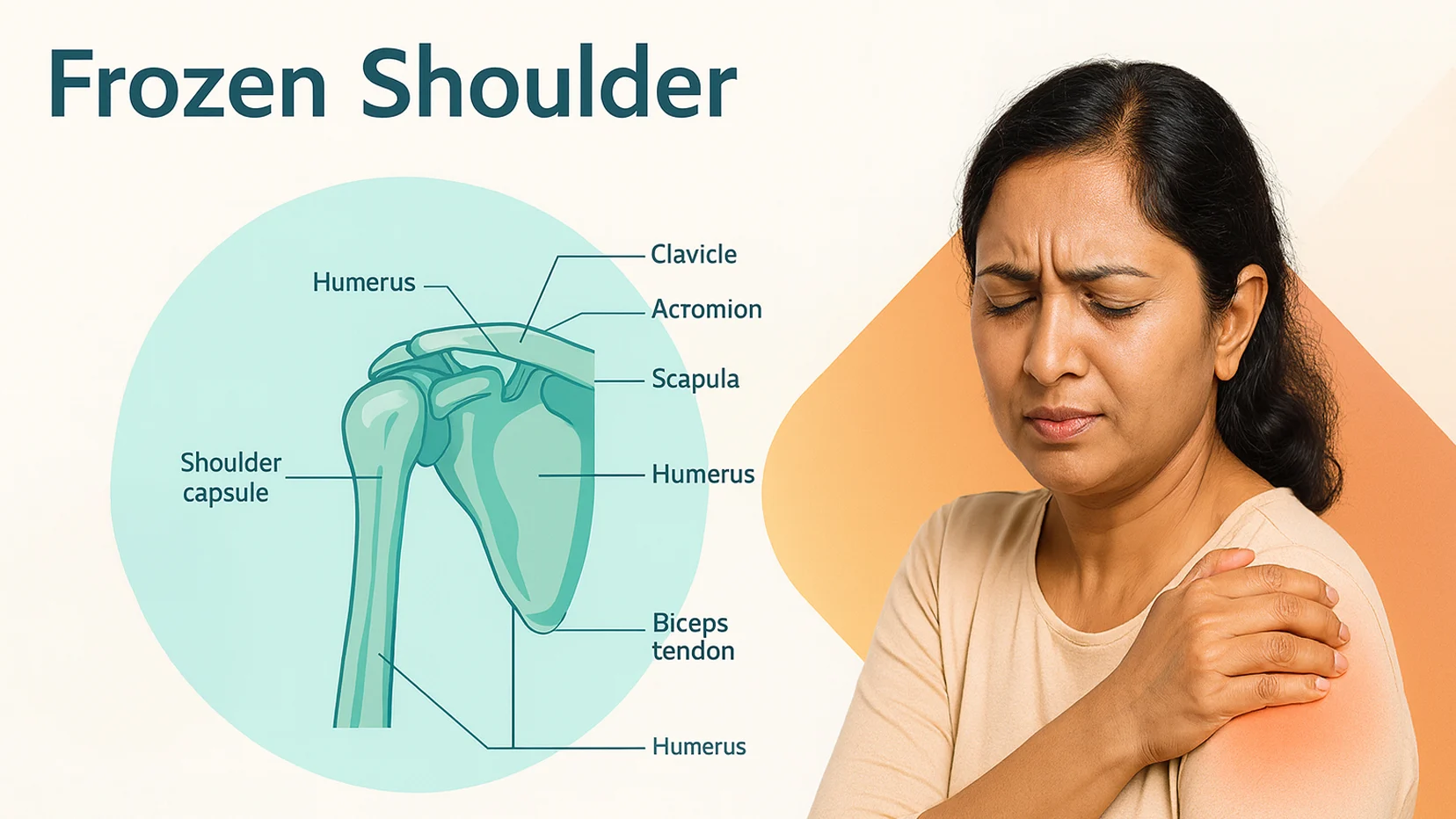

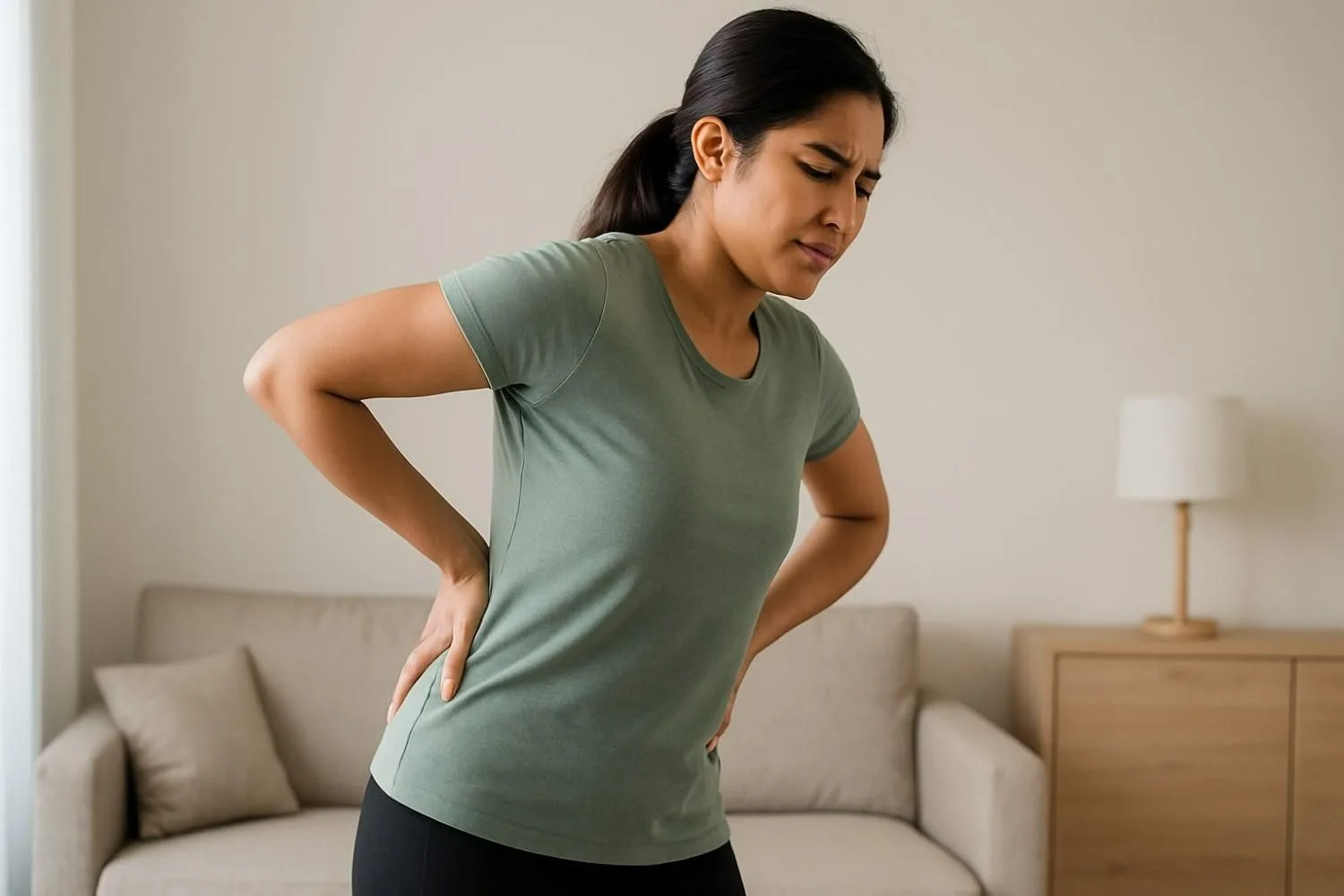
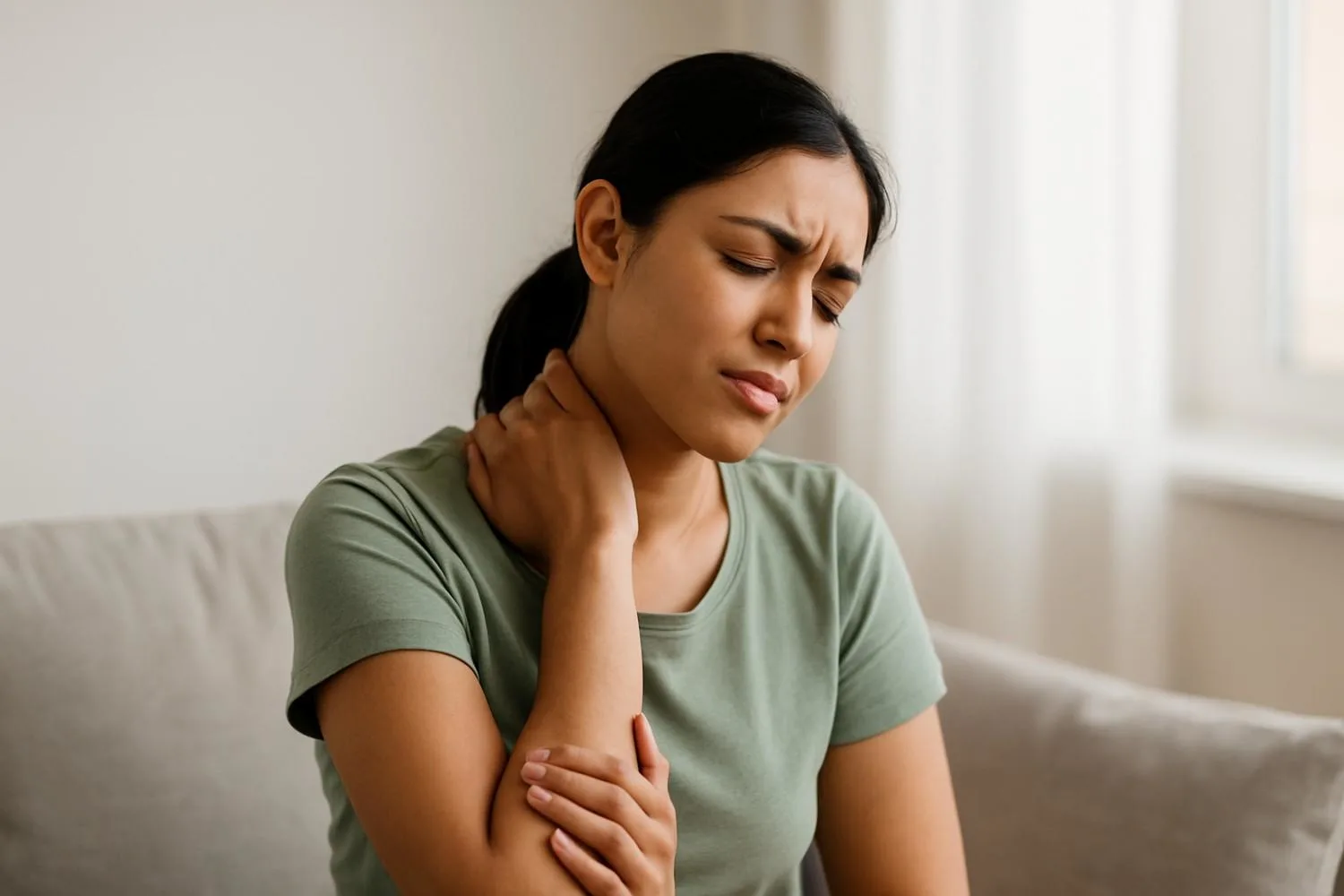

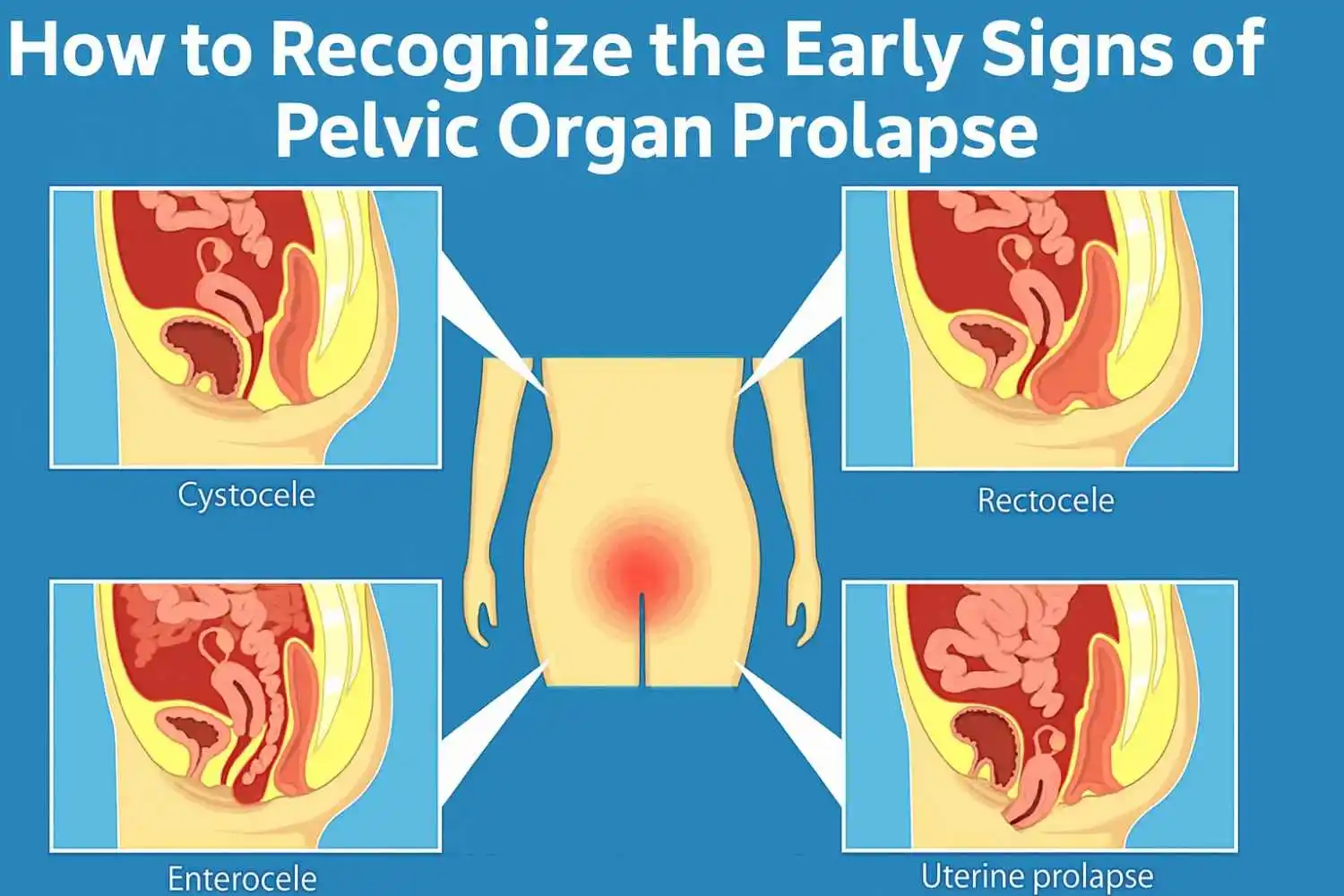
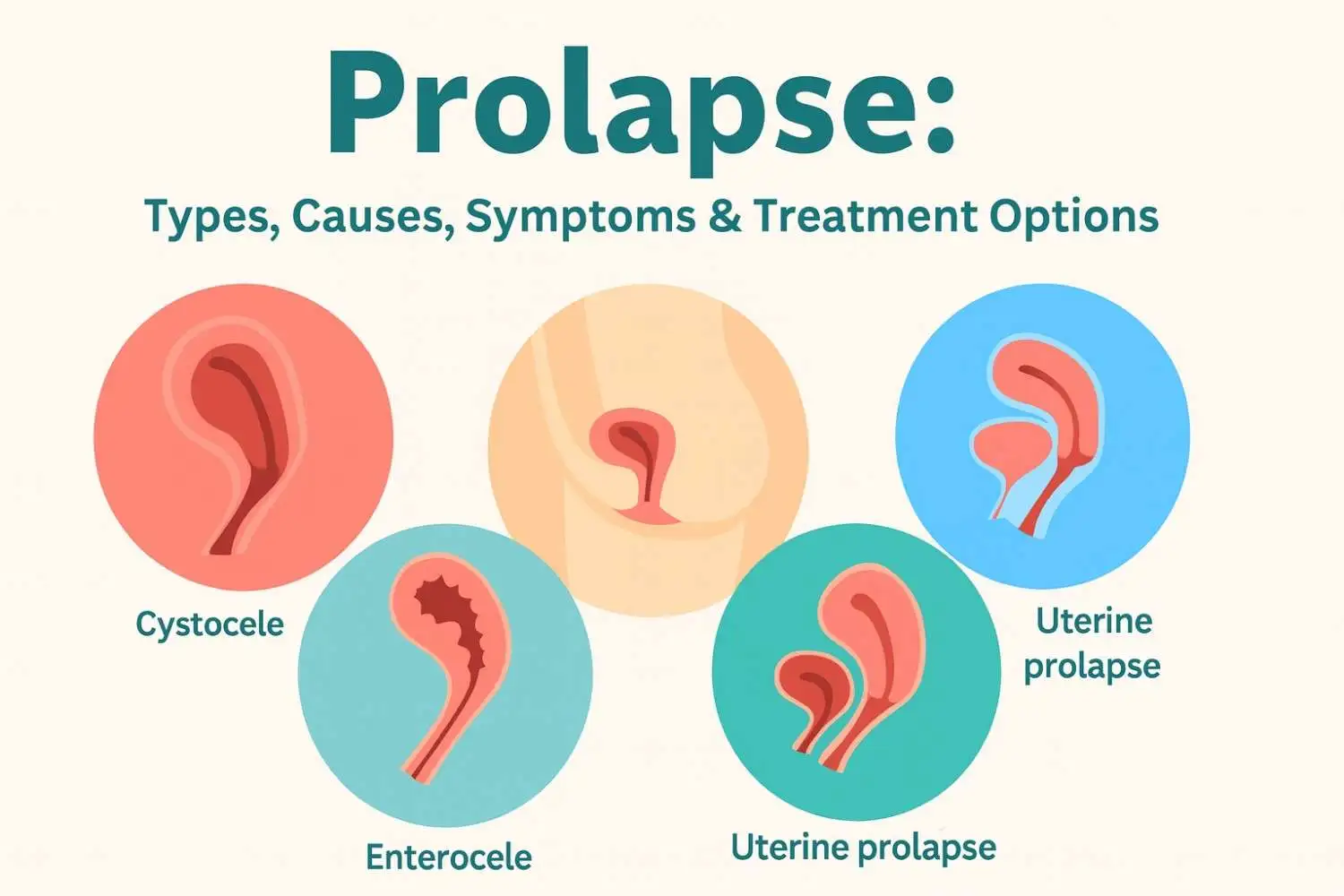









.webp)





.jpg)






































